You think you understand cats, yet this ancient Nordic breed holds secrets that would surprise even the most experienced feline enthusiast. These magnificent creatures have developed a sophisticated communication system over thousands of years. They have a special knack for forming deep and loving bonds with their human companions, yet their ways of expressing affection are far more nuanced than you might realize.
These kind kitties make amazing pets and are instantly recognizable by their huge size and calm and gentle temperament. Let’s discover the fascinating ways these forest legends speak their own language of love.
The Whisper of Trills and Chirps
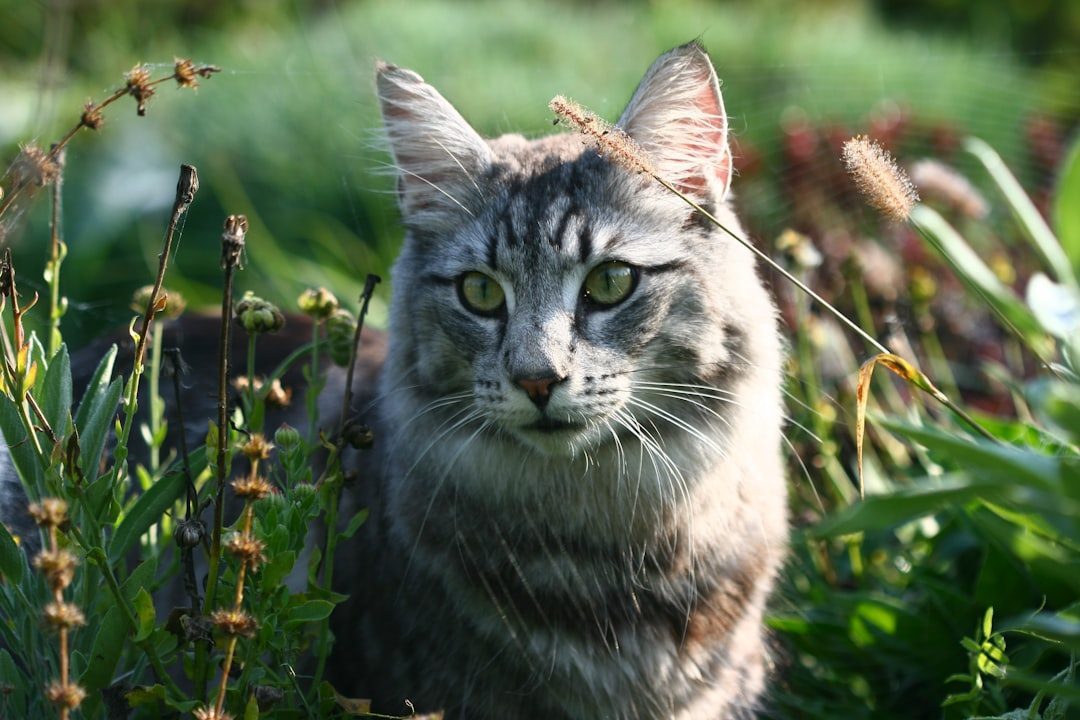
They love to communicate in trills and chirps, sounds that set them apart from typical meowing cats. When your Norwegian Forest Cat greets you with these bird-like vocalizations, you’re witnessing something truly special. Wegies are a quiet breed and don’t meow a lot like, say, a Siamese cat. But when they do meow, Kornreich says, their high-pitched meows sound almost like chirps – a funny contrast to their large frames.
These delicate sounds represent pure affection. Picture this massive, wolf-like creature producing the gentlest whispers of communication. Another distinguishing trait is the noises that they make, which range from a soft purr to bird-like chirps when they are excited. They use these sounds specifically when they want to connect with you on an emotional level.
A quiet trill means they feel happy. This magical vocalization happens most often during their morning greetings or when they spot you after a long absence. Each trill carries the weight of ancient forest wisdom, passed down through generations of these remarkable cats.
The Thunder of Contented Purring
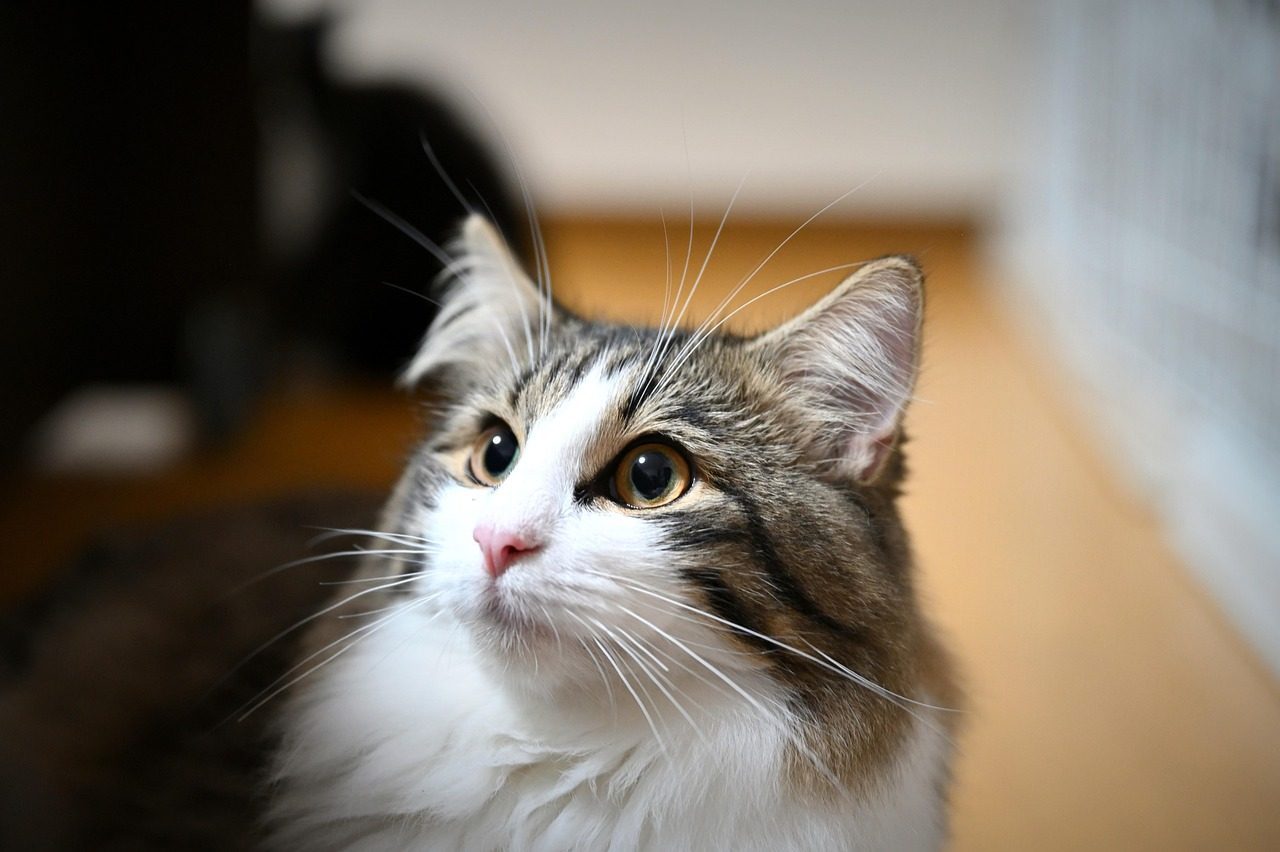
Norwegian Forest Cats have earned a reputation for their uniquely powerful purring. They’re well known for their loud, contented purring! This isn’t your average house cat’s gentle rumble. Strangers are usually welcomed into the home of a Norwegian Forest Cat, and they’re well known for their loud, contented purring.
The depth of their purring reflects the depth of their contentment. She is the only cat I have ever known who purrs in her sleep. She basically purrs all the time. If you look at her, she will start purring. This constant vibration serves as their way of maintaining emotional connection throughout the day.
Their purrs show contentment and trust. When your Wegie settles beside you with this thunderous rumbling, they’re essentially saying you’ve earned their highest level of trust.
The Art of Gentle Following
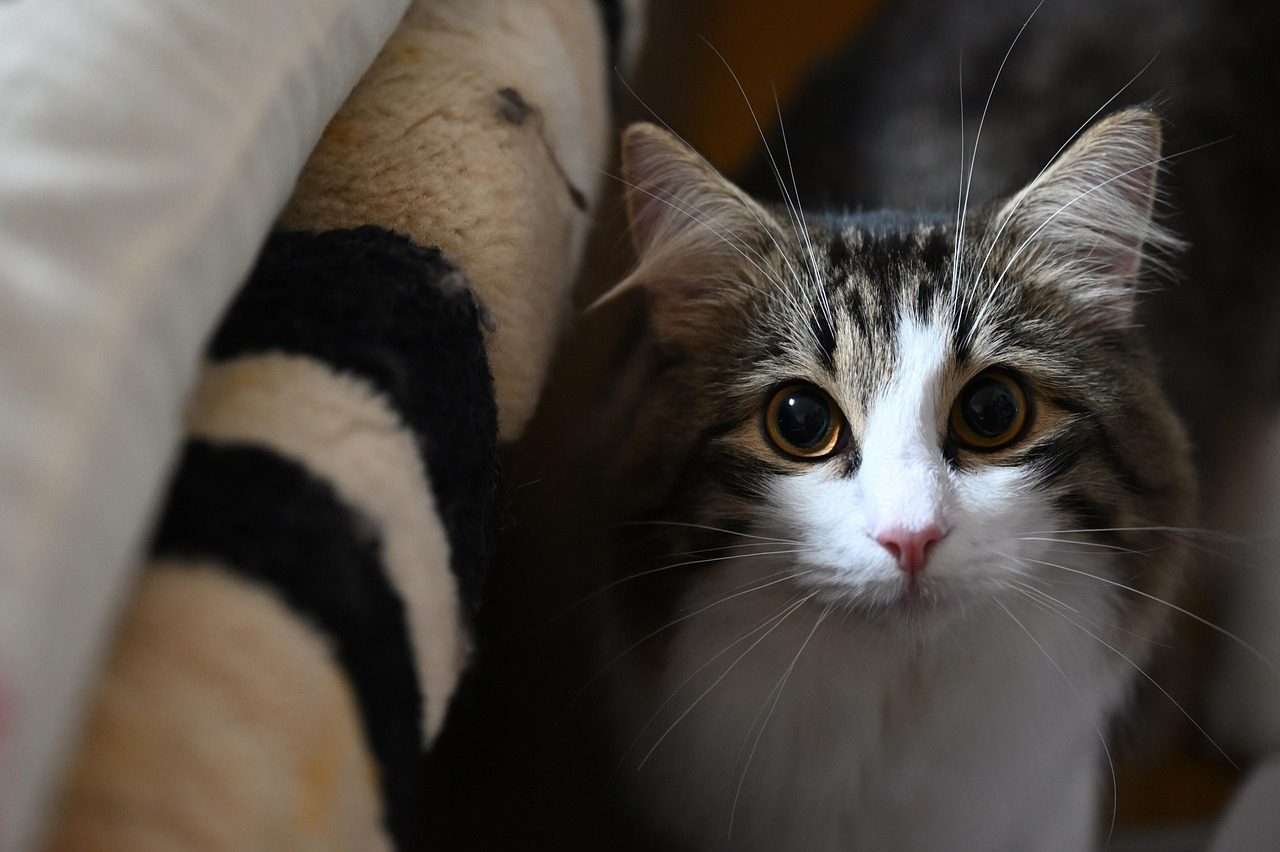
One of the most endearing ways these cats express love is through their subtle following behavior. They have a special knack for forming deep and loving bonds with their human companions and often follow their owners around the house. Unlike clingy cats that demand constant attention, Norwegian Forest Cats practice the art of quiet companionship.
These cats are known for their loyalty and will often seek out your company, whether following you around the house or cuddling beside you. They maintain just enough distance to respect your space while ensuring they remain part of your daily routine. This behavior stems from their independent nature combined with genuine affection.
They want to know what you’re doing and will follow you around the house to monitor things. They don’t like closed doors, because they don’t know what’s happening behind them! This protective following demonstrates their deep investment in your well-being and their desire to be your silent guardian.
The Language of Elevated Perching

Wegies are especially adept at climbing and love to explore high places. “All cats like to climb and like to be perched up high, perhaps because of their predatory ancestry,” Kornreich says. “But these cats in particular really seem to like climbing.” Their choice of perching spots speaks volumes about their affection for you.
When your Norwegian Forest Cat chooses to perch directly above your favorite reading spot or workspace, they’re demonstrating love through protective oversight. Prefer to view their surroundings from high perches. They position themselves strategically to keep watch over their beloved humans while maintaining their dignity.
During down-time, Norwegian Forest Cats are laid-back and enjoy reaching high places for both seclusion and to look down on the goings-on below. Norwegian Forest Cats have strong, muscular hind legs that make them excellent tree climbers! This elevated love language allows them to feel secure while staying emotionally connected to their family.
The Subtlety of Nose-to-Nose Greetings
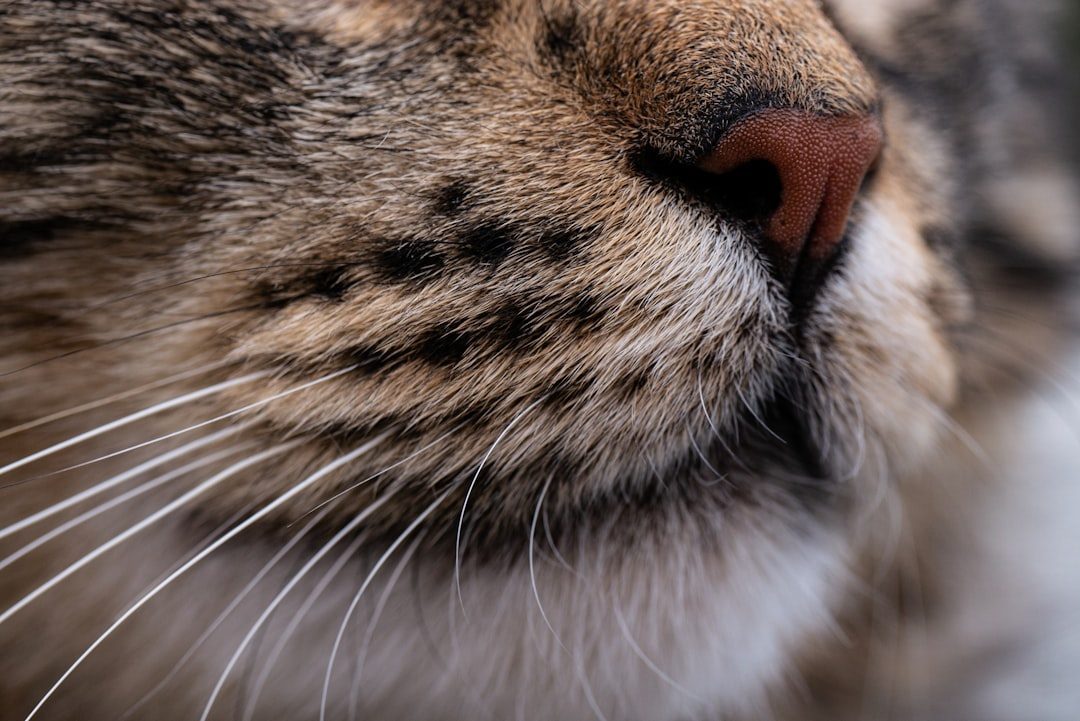
While nose touching is a common behavior in many cats, it is particularly significant for Norwegian Forest Cats. This breed is known for their high level of intelligence, loyalty, and affectionate nature, and they are often deeply bonded with their human companions. When they approach you for a gentle nose touch, they’re offering their most intimate form of greeting.
For example, if your cat is touching noses with you while purring and rubbing their head against your hand, this is likely a sign of affection and a desire for attention. This behavior requires tremendous trust, as they’re bringing their most sensitive facial area into direct contact with yours.
As such, nose touching can be a powerful way of strengthening the bond between a Norwegian Forest Cat and their owner. When a cat touches their human’s nose, it is a way of saying “I trust you and feel comfortable with you.” This delicate gesture represents the pinnacle of feline affection and should never be taken for granted.
The Diplomacy of Restrained Affection
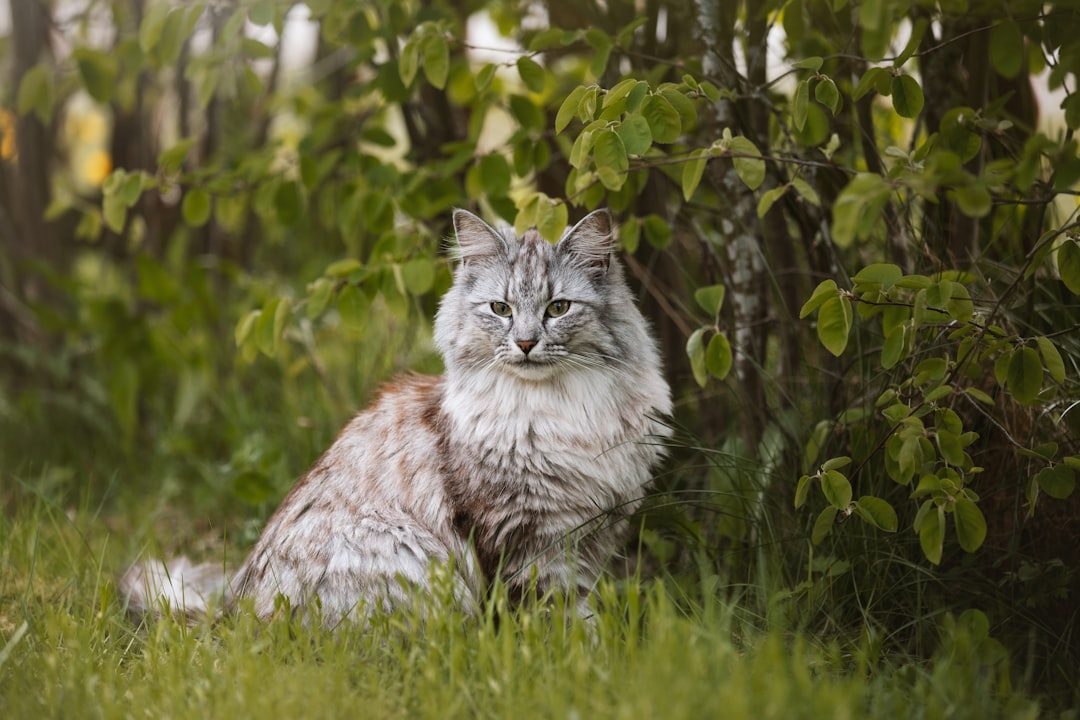
Norwegian Forest Cats express love through sophisticated emotional restraint. These cats are intelligent and alert, and they love human connection and affection. Though they crave attention, they’re undemanding and prefer to let you come to them. This dignified approach to affection reflects their royal Nordic heritage.
They are very independent, territorial, and do not like being picked up against their will. They can be very loving and loyal cats, but must be able to make choices on their own terms. When they choose to approach you for affection, it carries more meaning than forced cuddles ever could.
The Norwegian Forest cat is a lovely cat that will show you lots of affection – but on its own terms. This selective affection makes every moment of connection feel earned and precious. Their love isn’t given freely to everyone, making your special relationship with them even more meaningful.
The Symphony of Tail Communication
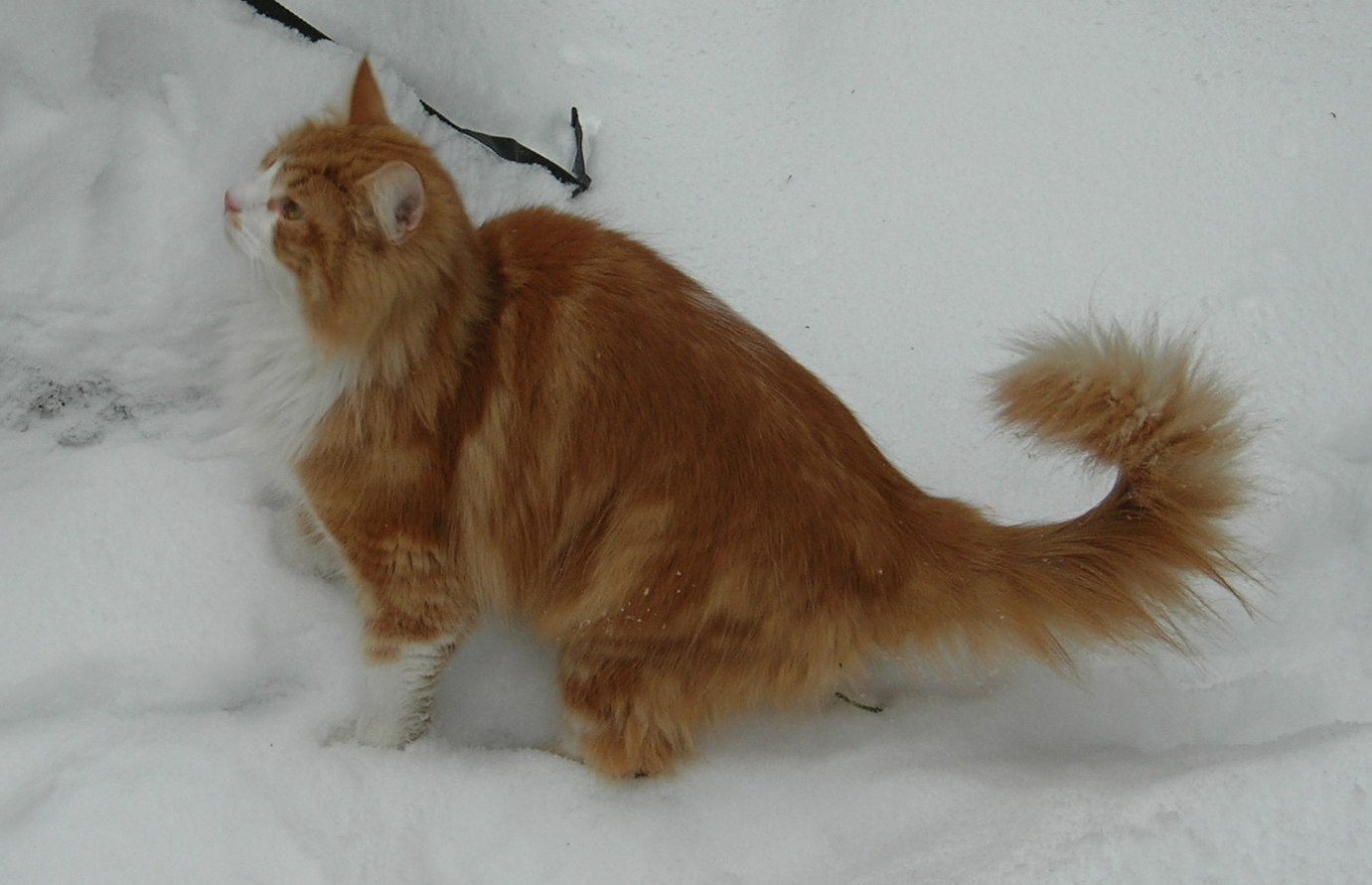
The magnificent tail of a Norwegian Forest Cat serves as their primary emotional billboard. For example, a tail held high and straight up in the air usually means the cat is feeling confident and friendly. When they greet you with this proud tail position, they’re broadcasting their joy at seeing you.
For example, a Norwegian Forest Cat that is feeling relaxed and content may stretch out fully, with their eyes half-closed and their tail slightly twitching. These subtle movements convey different levels of contentment and trust. A gently swaying tail indicates peaceful happiness in your presence.
Upright Tail: A tail held upright is a sign of confidence, friendliness, and curiosity. When your cat greets you with a tail held high, it’s a good sign they’re happy to see you. Some cats may even quiver their tails, which often means they’re excited or marking you with their scent. This tail quivering represents the ultimate expression of feline love and acceptance.
Conclusion
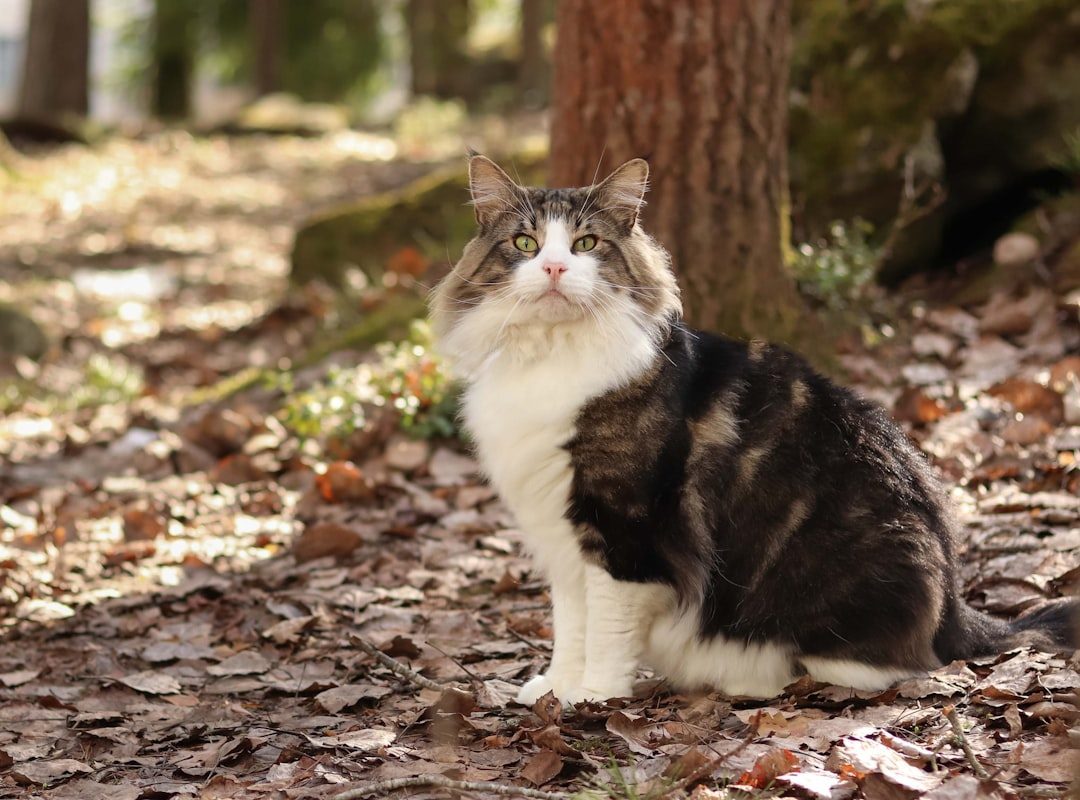
Understanding your Norwegian Forest Cat’s secret language transforms your relationship from simple pet ownership to profound interspecies communication. These ancient forest dwellers have preserved communication methods that speak to something deeper than ordinary domestic cat behavior. Overall, this is one of the most loving and gentle cat breeds out there.
Their sophisticated emotional vocabulary reflects thousands of years of evolution alongside humans who valued subtlety and mutual respect. Every trill, every elevated perch, every gentle nose touch represents a carefully chosen expression of deep affection.
What subtle signs of love have you noticed from your own feline companion? Share your observations in the comments below.





